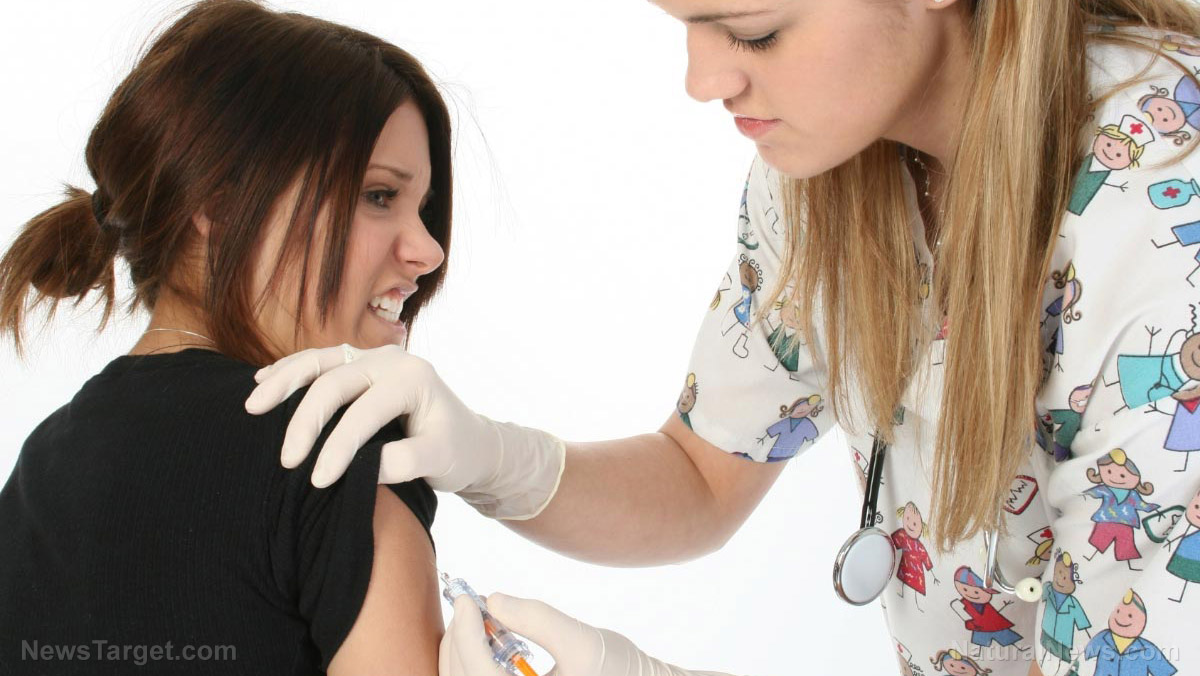White kids take twice as many antibiotics as other kids, putting them at higher risk, study finds
09/08/2017 / By Isabelle Z.

Antibiotic resistance is a growing problem around the world, and a new study shows that white children are particularly vulnerable to developing it.
The Children’s National Health System carried out a study that examined the differences between the care white children receive in emergency rooms and that of minorities. They looked at around 40,000 cases of viral infections across seven pediatric emergency rooms in 2013. They found that antibiotics were highly overprescribed for viral infections, which cannot even be treated with antibiotics in the first place.
The children studied had an average age of just over three years old, and around three percent were given oral, intravenous or intramuscular antibiotics either in the ER or upon discharge. Among those who were wrongly prescribed antibiotics, four percent were white children, while 2.6 percent were Latino and 1.9 percent were black.
Many parents bring children to emergency rooms with respiratory tract infections, and experts say overprescribing antibiotics for this type of infection is a “rampant” problem.
Alternative treatments should be explored
Health authorities are calling on doctors to start turning to alternative treatments to help curb the problem of antibiotic resistance. According to the CDC, two million Americans are infected with antibiotic-resistant bacteria annually. Now, white children appear to be placed at a higher risk of developing this problem later in life thanks to misguided doctors.
This effect is in keeping with the findings of past studies that white children tend to get a higher level of treatment than other children. For example, one study found that head trauma and radiology scans and lab tests are not ordered as often for minority children as they are for white children.
The study’s authors are calling for future research into the reasons for the ethnic and racial differences in prescribing antibiotics. The head of the research team, Dr. Monika K. Goyal, has already received a grant from the National Institutes of Health to study the ethnic and racial differences in the way children who seek treatment at emergency departments in hospitals are managed. Dr. Goyal believes that educating healthcare providers and doctors about the appropriate use of antibiotics could help correct the situation.
Canadian researchers discovered that children who take one or more antibiotics have three times the likelihood of developing methicillin-resistant Staphylococcus aureus (MRSA) than those who do not take antibiotics. Taking four or more antibiotics makes them 18 times more likely to go on to develop MRSA. More than half of the nearly 300 children in that study who developed MRSA had taken an antibiotic anywhere from 30 to 180 days before their diagnosis; only 14 percent had never taken antibiotics.
1 out of every 3 antibiotic prescriptions are unnecessary
Citing data published in the Journal of the American Medical Association, the CDC reports that one out of every three antibiotic prescriptions in the U.S. is unnecessary, and most of them are given out for viral problems like sore throats, bronchitis, ear infections, sinus infections, and common colds that antibiotics can’t treat. This amounts to 47 million extra prescriptions every year, driving up people’s odds of not only being at risk of superbugs but also the side effects of antibiotics, potential allergic reactions, and the dangerous diarrhea Clostridium difficile.
Antibiotics can be quite profitable, so it is not surprising to learn that they are given out so needlessly. Concerned parents need to question their doctor when antibiotics are given to their children and ensure they are absolutely necessary, particularly if their problem is viral in nature. In addition, researching reputable sources could glean some useful alternatives that may treat the problem without all the side effects that come along with antibiotics.
Sources include:
Tagged Under: antibiotic overprescription, Antibiotics, children, Medicine, mrsa, racial disparity, respiratory tract infections, superbugs, white kids



















